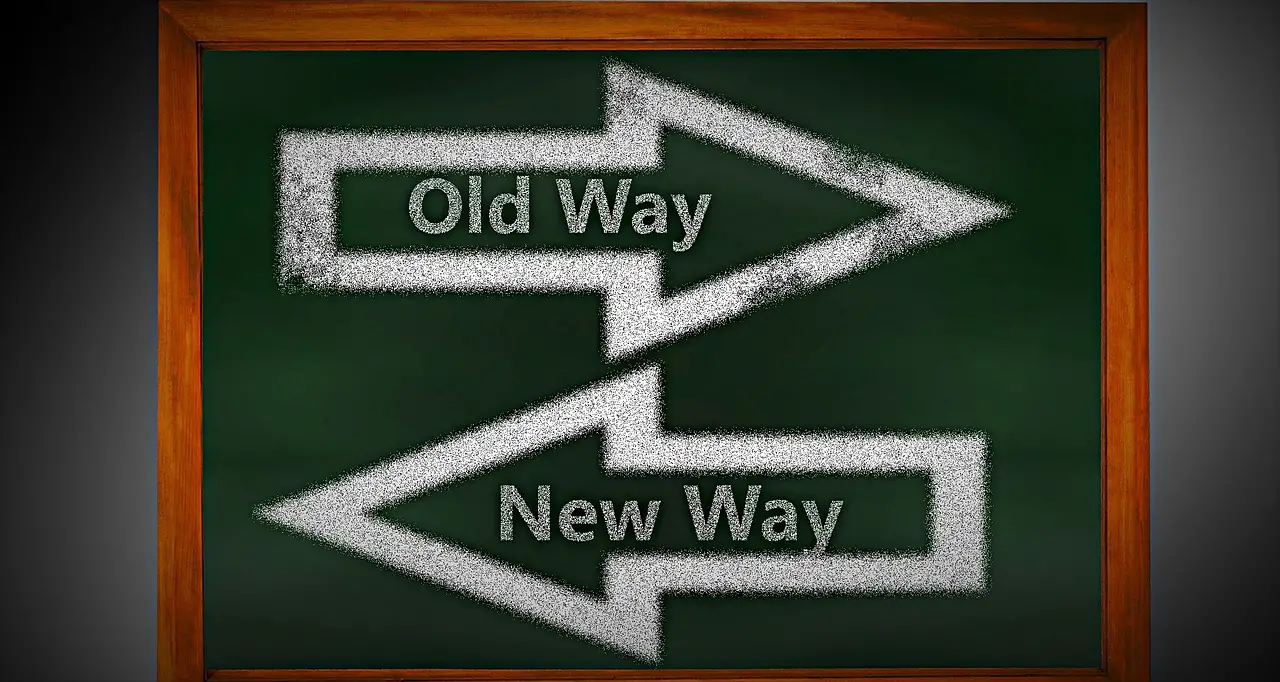
Based on the individual circumstance, the pandemic has affected radiologists very differently. Financially speaking, some radiologists have barely felt any impact whatsoever from the epidemic. Maybe they practice farther from the pandemic epicenters. Or perhaps, they work directly for hospitals that have longer-term contracts and can weather the financial storm. Others are residents or V.A. employees that receive a fixed salary from the government. But that leaves out a good-sized chunk of the total radiologist population.
So, which subgroups has the Covid pandemic affected the most financially and will most likely have a lasting impact on their financial well-being? Let’s go through two clusters that I believe will have the most economic impact from the pandemic. Logically, these would be those newly-minted radiologists from their fellowships in hard-hit areas, just recently hired (or possibly furloughed!). Also, of course, those recent retirees that unluckily retired just as the pandemic hit. How significant will these losses be? How can they recover? And what are the critical lessons that we need to learn from this episode in our history?
New Radiologists Just Finishing Fellowship
New radiologists are getting hit by a double whammy. First, they are potentially losing out on initial income due to less than expected initial revenue. For some, this may come in the form of a leave or salary cut. For others, it may be a loss of a job. In many of these cases, this initial loss of income comes when loans are typically first due, and even worse, when debt loads from medical school are at their highest. For some, inevitably, this can cause a bit more financial suffering as these radiologists need to make ends meet.
Furthermore, the first few years of retirement savings are the most critical due to the geometric rate of return of invested savings. Think about it. If pensions and retirement contributions are delayed or canceled, these are the dollars that have the most power.
Suppose you are fortunate to have a 10 percent annual interest rate and work for thirty-five years. These initial dollars can be worth as much as 28 times what you put into it when you retire at 67 years old. If you delay merely one year, the same dollar only is worth 25.5 times what you put into it. Compare that to the same savings of a 50-year-old radiologist who has to delay savings by a year. If there are 15 years left in his career at 10 percent interest, each dollar will be worth 4.2 times the initial value. If this same radiologist delays their pension by a year, that same dollar will be worth 3.8 times what they put in. Those additional dollars have much less significance.
Newly Retired Radiologists
When you first begin retirement, you often need a wad of cash to pay for daily expenses. And, many of these radiologists may have cashed out their stash from the stock market. If you were unfortunate to cash out a large amount of your savings at the time of the crash and had not slowly converted your holding to less risky assets, you may have cashed out at the time of the twenty to thirty percent loss in the stock market in March. This loss could have severely decreased your overall net worth and the ability to have a comfortable retirement. Additionally, for those retiring radiologists who were planning to go part-time, many practices were unwilling to hire back some of these radiologists as the volumes had precipitously declined. Again, this could have made for the perfect financial storm!
How To Bounce Back From A Covid Economic Disaster
Keep Those Expenses Down
For many of us, this episode may have been the first time we have had to dip into an emergency fund. It goes to show you that radiologists are not immune from financial hardships (as lucky as we have been in the past!). So, make sure not to spend your savings quickly. Avoid old spending habits, and make sure to tighten your belts. Simple acts such as going through your credit card statements and reducing unneeded expenses can help enormously. And canceling luxury and unnecessary purchases can also assist. None of us can be sure when we will return to a more “normal” baseline.
Return To Work As Soon As Possible
For those younger radiologists that have been furloughed or let go, don’t stop searching for full-time employment as soon as possible. Time is of the essence as a dollar earned today is much more powerful.
And, for those radiologists that were about to retire, you may reconsider complete retirement. Part-time work allows you to make a reasonable salary, when available, and can help defray some of the financial hardship losses.
What Are The Take-Home Lessons About Radiologist Financial Well-Being?
Like any other profession, we are not immune to the whims of the economy and “black swan” events. All of us need emergency funds, regardless of our perceived safety nets at our jobs. And, all of us should continue to save and invest throughout our careers to prevent us from the potential losses of a sudden downfall. As the old boy scout motto reminds us, be prepared!












